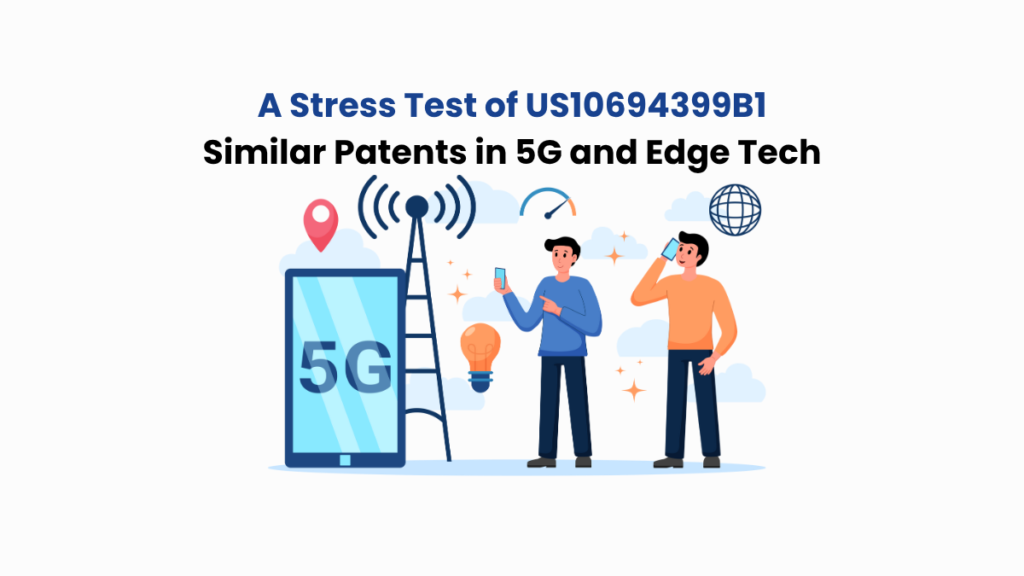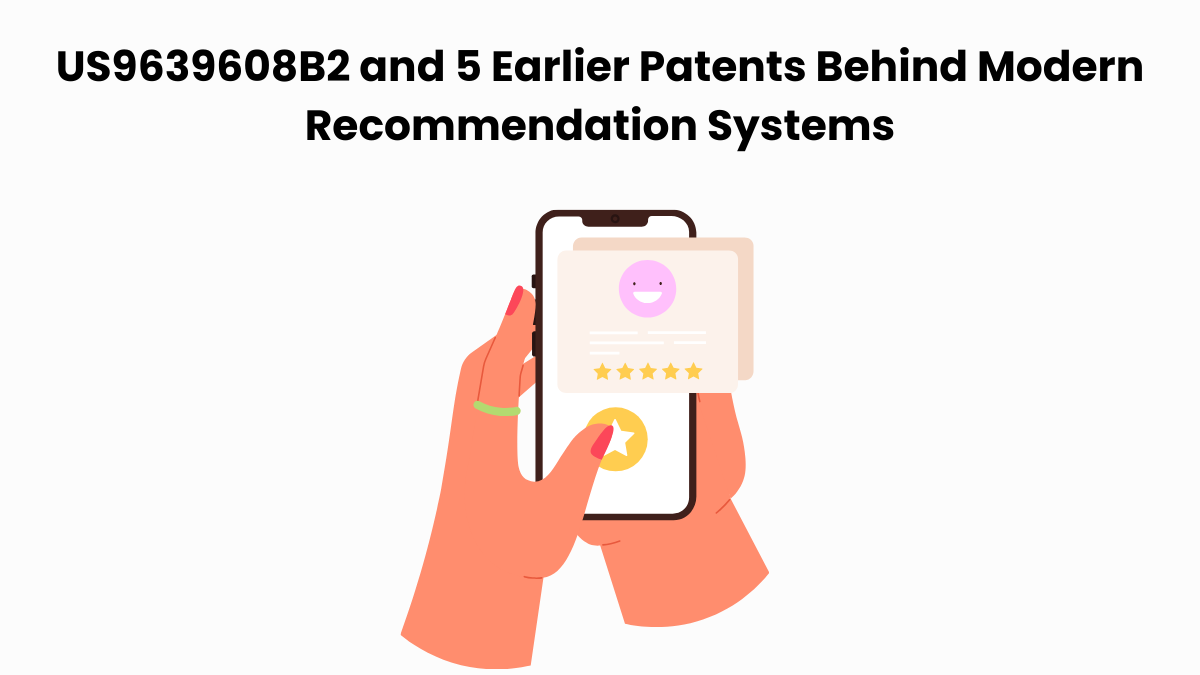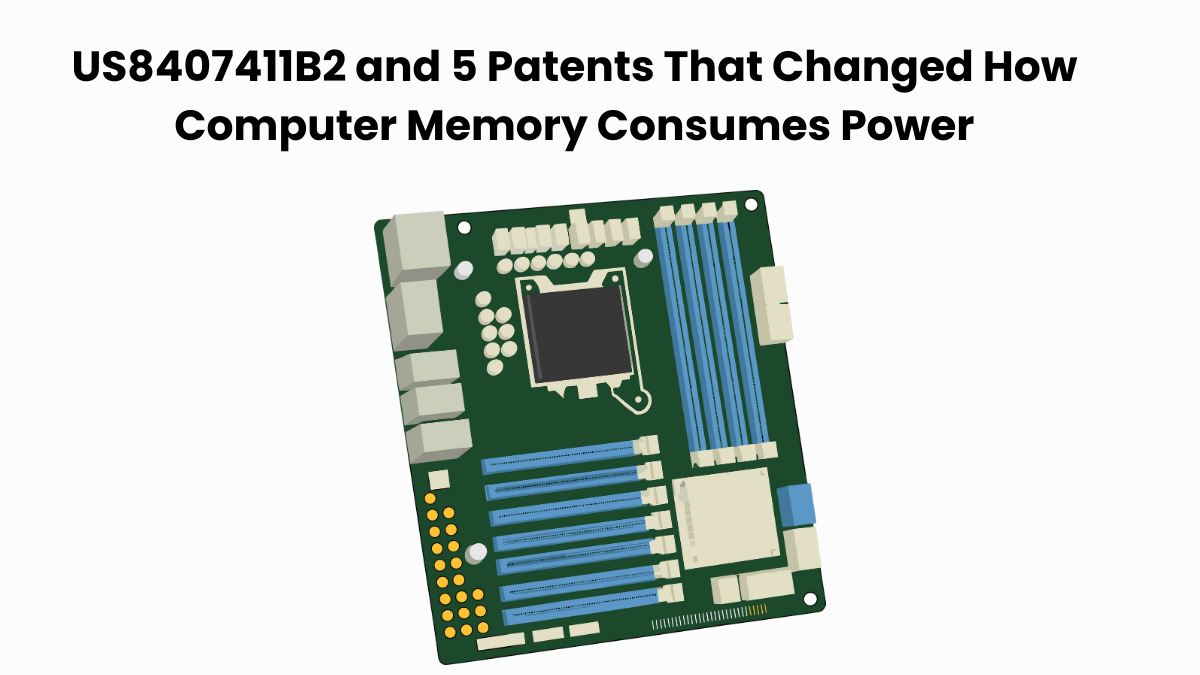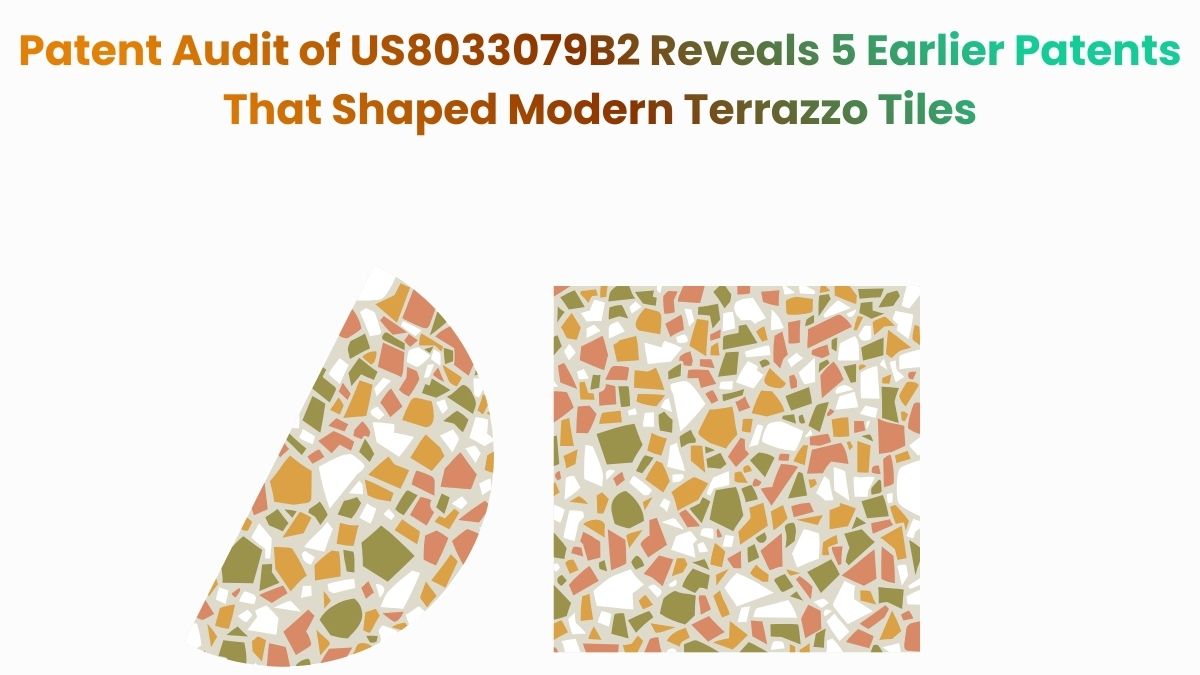Some patents quietly blend into the background. Others stand out for the technologies they help shape. US10694399B1 belongs in the spotlight.
It’s currently at the center of a dispute between Fractal Networks LLC, a known non-practicing entity, and Velocix Solutions Limited. The patent describes a system that uses 5G transceivers, steerable antennas, and edge computing. Its goal: to enable low-latency, device-targeted communication. As 5G and edge technologies evolve, these ideas are becoming more relevant than ever.
In this article, we use the Global Patent Search (GPS) tool to explore similar or relevant patents. These references share architectural or conceptual elements with US10694399B1. We won’t dig into the legal aspects; instead, we’ll focus on how this invention fits into the broader landscape of communication technologies. If you’re exploring telecom innovation or analyzing connected systems, this GPS-driven review offers valuable insight.
Understanding Patent US10694399B1
US10694399B1 describes a cellular communication system that integrates 5G transceivers, steerable antennas, and edge processing. The goal is to deliver low-latency, device-targeted data exchange by shifting computational workloads closer to the user.
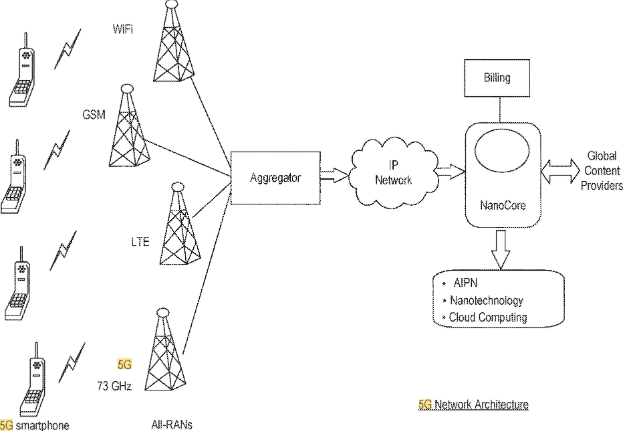
Source: Google Patents
Its Four Key Features Are
#1. 5G cellular transceiver: Communicates wirelessly with a designated target device.
#2. Steerable antennas: Antennas dynamically adjust their orientation, either electrically or mechanically, to maintain optimal signal direction.
#3. Edge processing module: Performs localized computation to minimize reliance on high-latency cloud or core systems.
#4. Intelligent beam sweeping: Uses network performance data and history to direct antenna beams efficiently toward high-priority devices or zones.
This patent focuses on enhancing real-time wireless connectivity using 5G and edge technologies. Its combination of adaptive hardware and smart processing positions it within a rapidly evolving field of advanced telecom infrastructure. It is closely aligned with what many Edge AI companies are now building into smart device ecosystems.
Reducing last-mile latency depends on more than edge nodes. Discover how EP2525515B1 and 5 Related Patents in Carrier Aggregation Systems cover uplink feedback methods that stabilize response times under load.
Similar Patents As US10694399B1
To explore the technological ecosystem surrounding US10694399B1, we used the Global Patent Search tool to surface patents with structural or functional similarities. Below is a quick glimpse of the GPS tool in action:
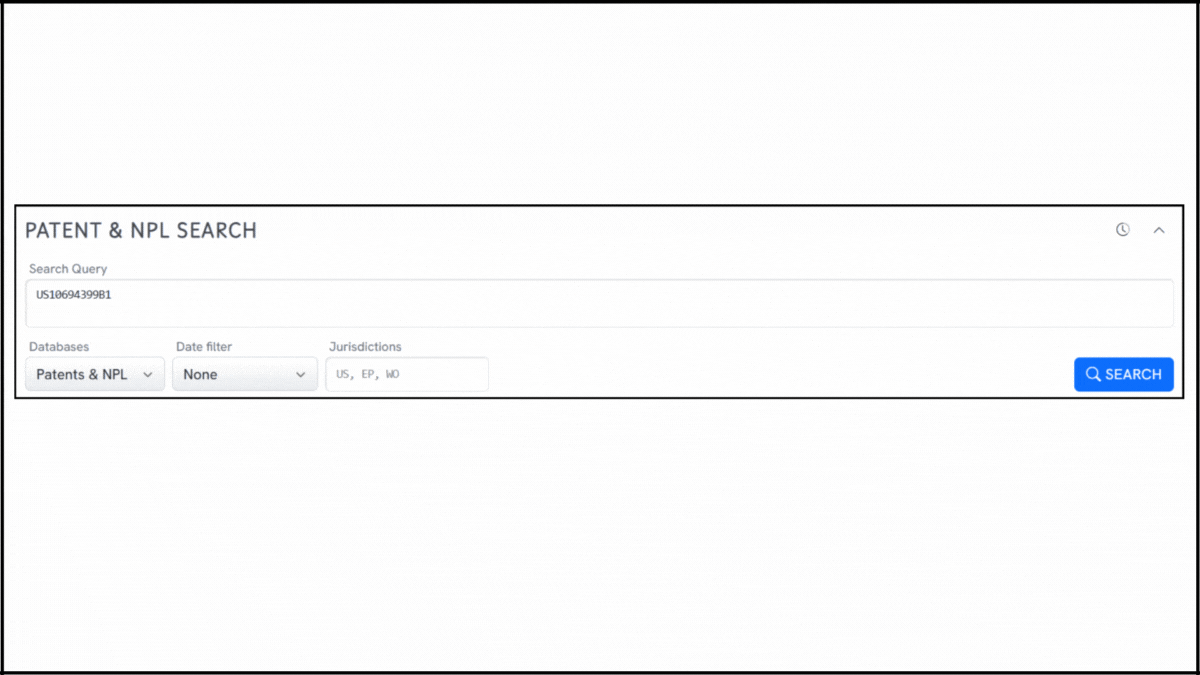
Source: Global Patent Search
Here is a breakdown of relevant references that highlight how comparable technologies approach cellular communication, edge control, and directional network behavior.
#1. CN1216667A
This Chinese patent, CN1216667A, published in 1999, outlines a method for analyzing traffic location within a cellular radio communication network. It focuses on how base stations can monitor the carrier frequencies of connected mobile stations to determine where network traffic is occurring. The approach emphasizes traffic visibility at the infrastructure level to support better network planning and optimization.

Source: GPS
What Does This Patent Introduce To The Landscape
- Carrier frequency monitoring: Base stations actively track the frequency usage of mobile stations to detect traffic activity.
- Traffic localization method: Enables identification of geographic or logical locations with high network load.
- Infrastructure-level awareness: Equips network operators with data to optimize resource distribution and handovers.
How Does It Connect To US10694399B1
- Both patents aim to optimize how wireless networks respond to real-time user activity.
- CN1216667A’s traffic analysis complements the beam-targeting mechanisms in US10694399B1.
- Each system enables smarter infrastructure decision-making through localized data collection.
Why Does This Matter
This earlier work reflects the importance of network-side intelligence in cellular systems. While CN1216667A centers on traffic localization, its core concept aligns with US10694399B1’s goal of delivering faster, more efficient communication through targeted, real-time network awareness.
Note: 5G Transceivers & Steerable Antennas refine beam control. Please read US12134913B2 Patent Audit, where directed light underwater optimizes range, reliability, and interference just as US10694399B1.
#2. JPH1188941A
This Japanese patent, JPH1188941A, published in 1999, introduces a method for configuring communication channels within mobile systems, particularly those operating under a cellular architecture. The patent aims to enhance the allocation and management of communication channels in response to evolving user demands, ensuring efficient and uninterrupted mobile connectivity throughout the network.

Source:GPS
What Does This Patent Introduce To The Landscape
- Dynamic channel configuration: Adjusts mobile communication channels based on user demand and network conditions.
- Cellular system integration: Applies the method within standard cellular frameworks to enhance signal handling.
- Improved traffic flow control: Aims to reduce interference and improve call quality by managing channel allocation more intelligently.
How Does It Connect To US10694399B1
- Both patents focus on real-time network responsiveness in mobile communication systems.
- JPH1188941A’s dynamic configuration supports the kind of targeted communication addressed by steerable antennas in US10694399B1.
- Each system contributes to optimized data delivery paths within cellular environments.
Why Does This Matter
This patent adds early insight into adaptive channel management, a key concept echoed in US10694399B1’s beam-steering and low-latency strategies. As mobile networks evolve toward greater flexibility, both technologies highlight the need for smart, efficient control over communication pathways.
Did you know? Managing performance at runtime is key, whether it’s lowering 5G latency or keeping legacy apps alive. US7774762B2 and Similar Software Portability Solution Patents explains how capsule systems handle this for software.
#3. KR20010101618A
This Korean patent, KR20010101618A, published in 2001, discloses a method and apparatus for remotely controlling telephony switches across cellular networks. The system includes base sites, each with one or more cellular radio sectors, and provides centralized management of distributed switch functions to enhance network coordination and operational efficiency.

Source: GPS
What Does This Patent Introduce To The Landscape
- Remote switch control: Enables centralized oversight of telephony switching across multiple base sites.
- Multi-sector base site configuration: Each base station features multiple cellular radio sectors, enabling expanded coverage and increased capacity.
- Network coordination tools: Provide a framework for controlling telephony behavior across a wide-area cellular environment.
How Does It Connect To US10694399B1
- Both patents describe multi-component cellular systems designed for enhanced performance.
- KR20010101618A’s switch control complements US10694399B1’s focus on directional and low-latency communication.
- Each approach reinforces the need for centralized and intelligent coordination in complex mobile networks.
Why Does This Matter
This patent highlights early efforts to remotely manage and synchronize key telecom functions across a distributed infrastructure, an idea that echoes in US10694399B1’s advanced, edge-driven network architecture. Together, they point toward increasingly agile and software-driven mobile systems.
Did you know that automated traffic monitoring depends on real-time loops? This Communication Edge Computing Patent shows why response speed matters, echoing US8260533B2’s edge-enabled enforcement network.
#4. CN116097754A
This Chinese patent, CN116097754A, published in 2023, presents a system for coordinating cellular coverage using mobile base stations. It focuses on dynamically adjusting coverage zones by deploying and aligning mobile stations in real time. The method aims to enhance signal reliability and reduce coverage gaps, especially in areas where traditional base station infrastructure is limited or temporarily unavailable.

Source: GPS
What Does This Patent Introduce To The Landscape
- Mobile base station coordination: Utilizes mobile units to expand or adjust cellular coverage in response to real-time needs.
- Dynamic coverage adaptation: Responds to environmental or network changes by repositioning base stations.
- Temporary network extension: Supports emergency, rural, or event-based coverage where fixed infrastructure is lacking.
How Does It Connect To US10694399B1
- Both patents emphasize adaptive coverage strategies in cellular networks.
- CN116097754A’s mobile infrastructure complements the targeted communication model of US10694399B1.
- Each solution supports flexible and responsive network architecture with a focus on deployment efficiency.
Why Does This Matter
This recent work highlights the increasing significance of mobile, modular infrastructure in cellular communication. This is a theme also explored by several space tech innovators using adaptable communication networks in off-Earth environments. By addressing temporary or shifting coverage demands, it reinforces the need for agile, intelligent delivery systems, a goal shared with the directional edge-processing design of US10694399B1.
Note: 5G Transceivers and Steerable Antennas Patents examine steerable arrays with edge intelligence, aligning with US10637142B1 Patent Audit’s focus on low-latency, targeted 5G communication.
#5. WO2020202368A1
This international patent application, WO2020202368A1, published in 2020, describes communication equipment and methods involving base stations equipped with multiple communication circuits. The design enables enhanced throughput and more reliable data transmission by allowing base stations to manage simultaneous connections across diverse frequency bands and network conditions.

Source: GPS
What Does This Patent Introduce To The Landscape
- Multi-circuit base stations: Introduces base stations equipped with multiple communication circuits to handle parallel operations.
- Optimized data transmission: Improves data flow and reliability across different channels or user equipment.
- Hardware-layer efficiency: Enhances the underlying communication structure of base stations for next-gen networks.
How Does It Connect To US10694399B1
- Both patents emphasize hardware-level improvements in base station communication.
- WO2020202368A1 supports parallel signal handling, which complements the edge-processing capabilities in US10694399B1.
- Each solution contributes to low-latency, high-efficiency data delivery within cellular systems.
Why Does This Matter
By focusing on multi-channel handling at the base station level, this patent strengthens the hardware foundation needed for responsive, intelligent networks. It parallels US10694399B1’s focus on edge-side processing and directional data handling, making it highly relevant in the evolution of mobile infrastructure.
Edge computing trims latency, but unchecked congestion can still disrupt performance. EP3107243B1 and 5 Patents That Make Wireless Networks Handle Congestion Better show how adaptive policies stabilize bandwidth at the last mile.
How To Find Related Patents Using Global Patent Search

Understanding the broader patent landscape is essential when working with 5G systems, edge computing, or directional antenna technologies. The Global Patent Search tool simplifies this process by helping users surface systems with similar concepts, like beam steering, mobile connectivity optimization, or localized data processing.
1. Enter the patent number into GPS: Start by inputting a patent number like US10694399B1 into the GPS tool. It transforms the entry into a smart query, which you can refine using terms like edge module, antenna sweeping, or 5G node coordination.

2. Explore conceptual snippets: Rather than comparing line-by-line claims, GPS now surfaces curated text snippets, one of the top features of this evolving patent discovery platform. These reveal how other inventions use steerable antennas, manage traffic load, or reduce latency through local processing.

3. Identify related inventions: The tool uncovers patents that address signal targeting, real-time network response, or device-specific communication strategies, offering insight into parallel innovations across telecom systems.
4. Compare systems, not legal claims: GPS focuses on technical behavior instead of legal phrasing. This allows users to trace functional similarities without needing to parse dense claim language.
5. Accelerate cross-domain insights: Whether you’re building intelligent antenna systems, designing smart network infrastructure, or researching IoT delivery methods, GPS connects you with relevant concepts, even across different sectors of the wireless ecosystem.
With this workflow, Global Patent Search provides engineers, IP researchers, and analysts with a concept-driven approach to explore similar technologies and make more informed development or review decisions.
Disclaimer: The information provided in this article is for informational purposes only and should not be considered legal advice. The related patent references mentioned are preliminary results from the Global Patent Search tool and do not guarantee legal significance. For a comprehensive related patent analysis, we recommend conducting a detailed search using GPS or consulting a patent attorney.

